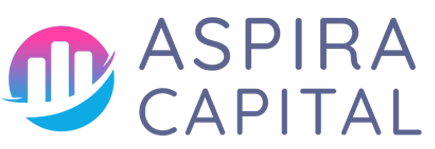Table of Contents
- Understanding Summer Slowdowns
- Analyze Your Business Performance
- Diversify Your Offer
- Boost Your Marketing Efforts
- Enhance Customer Engagement
- Efficient Cost Management
- Leverage Summer Seasons
- Collaborate with Other Businesses
- Evaluate and Adjust Strategies
Understanding Summer Slowdowns
Summer is synonymous with vacations and relaxation, which means that for many businesses, sales may dip. Recognizing the factors contributing to this trend can help small business owners prepare effectively. Typical reasons include:
- Shifts in consumer spending habits
- Increased competition in specific industries
- Seasonal vacation behaviors
By understanding these dynamics, How Small Business Owners Can Prepare for Summer Slowdowns becomes a more manageable task.
Analyze Your Business Performance
Before implementing changes, it’s crucial to analyze past performance during summer months. Consider the following:
- Review sales data from previous summers
- Identify trends, peak sales times, and customer preferences
- Assess marketing effectiveness during the same period
Utilizing tools like Google Analytics can provide insights, allowing you to tailor your strategies accordingly.
Diversify Your Offer
Adaptation is key during slow periods. Consider diversifying your product or service offerings to cater to seasonal demands. Here are a few strategies:
- Introduce summer-themed promotions or products
- Create bundled offers that provide value
- Implement service or product variations to attract different customer segments
By diversifying, you not only maintain customer interest but also open new revenue streams.
Boost Your Marketing Efforts
Effective marketing is crucial during summer slowdowns. Enhance your visibility and reach by tailoring marketing efforts to suit the season. Consider:
- Leveraging social media for targeted advertising
- Highlighting promotions through email marketing campaigns
- Collaborating with influencers or local personalities for broader outreach
Utilize platforms like Hootsuite to schedule and manage your social media efforts seamlessly.
Enhance Customer Engagement
Building a strong connection with your customers can lead to increased loyalty, even during slow months. Strategies to enhance customer engagement include:
- Hosting summer-themed events or workshops
- Utilizing surveys to gather customer feedback
- Maintaining regular, relatable communication through newsletters
By prioritizing customer relationships, you position your business for success, even during dips in sales.
Efficient Cost Management
Summer slowdowns may necessitate a reevaluation of your business’ financial strategies. Focus on:
- Cutting unnecessary expenses without compromising quality
- Negotiating better terms with suppliers
- Monitoring cash flow carefully to take proactive measures
This financial prudence will help maintain stability during uncertain times.
Leverage Summer Seasons
Every season has its unique opportunities. Take advantage of summer trends by considering:
- Seasonal promotions tailored to outdoor activities
- Offering limited-time products or discounts during summer events
- Participating in community festivals to enhance local visibility
By positioning your business aligned with seasonal interests, you increase your chances of driving sales effectively.
Collaborate with Other Businesses
Creating partnerships with complementary businesses can boost visibility and sales. Some collaboration ideas include:
- Joint marketing initiatives
- Cross-promotions to leverage each other’s customer base
- Combining efforts for community events or workshops
Building these relationships can yield mutual benefits, especially during slow months.
Evaluate and Adjust Strategies
As summer progresses, continuously monitor the effectiveness of your implemented strategies. Key steps include:
- Regularly reviewing sales performance against set goals
- Tracking customer feedback to refine offerings
- Being flexible and willing to pivot if certain approaches are not yielding results
An agile approach will ensure that your business stays relevant and responsive to the changing market conditions.









